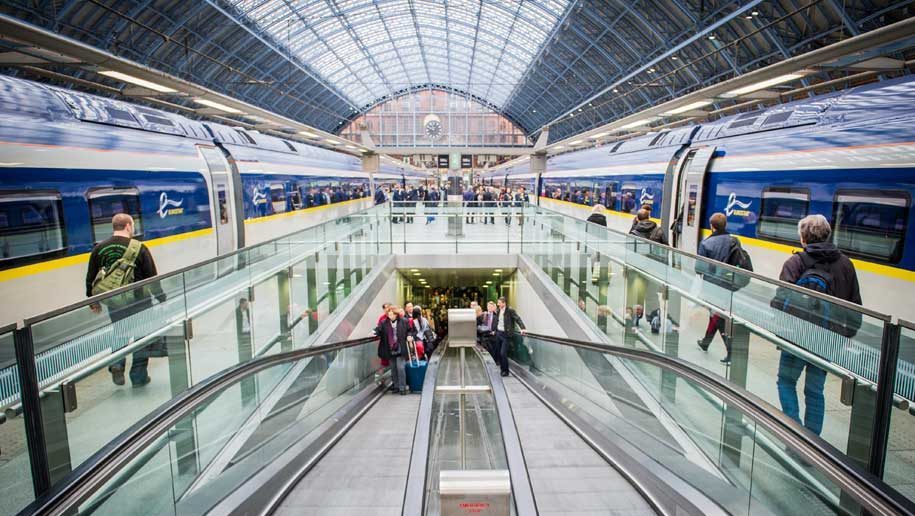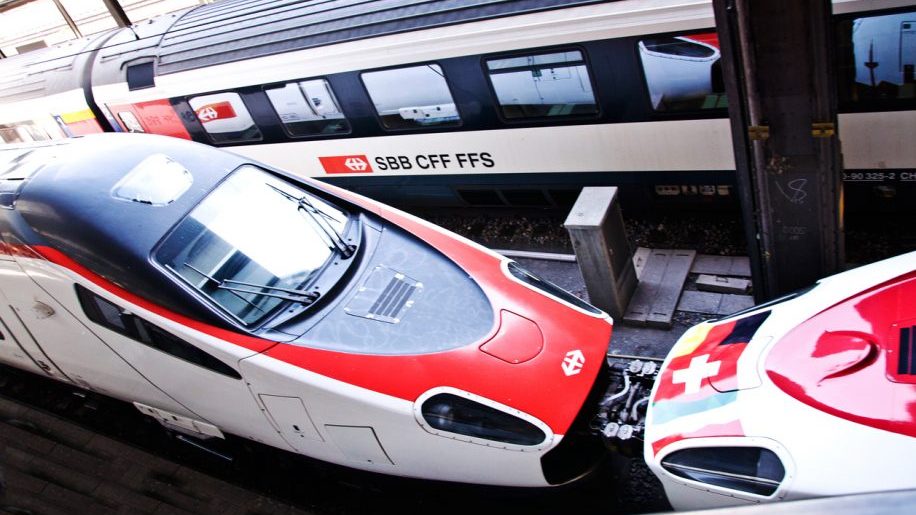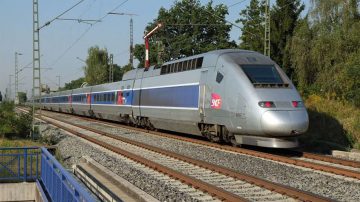
It has been an unprecedented time for the rail industry, both in the UK and across Europe. Here we look over the year’s developments.
In many ways, the most significant news of the past year came from Eurostar, the high-speed trains of which link London with Paris, Brussels and Amsterdam. Since its launch in 1994, Eurostar has gone it alone as an international operator but in 2021 it will join forces with Franco-Belgian company Thalys.
Both Eurostar and Thalys are majority-owned by France’s SNCF, so one hopes that this merger will mean improved ticketing and connections for customers. When fully developed, it will mean easier onward links from Brussels to the Netherlands and Germany.
Still, this good news is overshadowed by the traffic decline that both operators are experiencing owing to Covid-19. Of the two operators, Thalys is the more bullish. At the time of going to press it had restored more services than Eurostar, while Eurostar was restricted to a sparse timetable, in November scheduling two to three services per day to Paris, two services to Brussels and one to Amsterdam. This contrasts with the good times, pre-Covid, when Eurostar would be operating more than 20 services daily, including trains to Marseilles and Disneyland Paris as well as the Netherlands. Eurostar says that it does not intend to serve its two Kent stations, Ashford and Ebbsfleet, or operate its seasonal route to the South of France until 2022.
Readers may feel that Eurostar has thrown in the towel too hastily, but the UK’s quarantine restrictions have affected it badly. The company says: “Covid-19 has had a severe impact on the travel industry and on our business and we continue to operate in very challenging conditions. We have experienced an unprecedented fall in demand with booking down 90 per cent compared with last year [2019]. Given the uncertain outlook, it is crucial that we adapt and take action to reduce our costs so that we can protect our business for the future.” It does not help that all of its destinations in mainland Europe are, at the time of writing, subject to UK quarantine.

ON THE HOME FRONT
What about UK rail? Here we have seen the government taking control of the train operating companies (TOCs) and heavily subsidising their costs. Note that LNER (London North Eastern Railway) and Northern are also TOCs but are already owned and managed by the government, while open access operators Grand Central and Hull Trains are not classified as TOCs.
At the time of writing, UK travellers are fortunate that train services are, in most cases, running close to their normal frequency. It is unclear, however, for how long the current situation – whereby the government collects the fares and pays the TOCs’ operating costs – will continue. Trains are being only lightly used by travellers, and the subsidy is expected to be in excess of £3.5 billion should these “emergency measures” continue into 2021. In July Railway Gazette reported that, according to rail insiders, the per-passenger journey subsidy was working out at more than £200 for Avanti West Coast and almost £250 for LNER.
The decline in rail use during the pandemic is far worse in the UK than in mainland Europe. Online agent Trainline, which sells both UK and European tickets, recently released its latest financial performance figures, which showed that UK sales had fallen by 85 per cent while international sales were running at 45 per cent of the previous year’s take.
UK rail may take as long as the airlines to see normality. Speaking to radio station LBC in September, railway author Christian Wolmar suggested that it would take five years for UK rail to recover from the current downturn.

THE EUROPEAN PICTURE
News from mainland Europe is more promising. Night trains are back in fashion – not least because their single compartments mean privacy for health-conscious users – and Austria’s OEBB would like to expand its Nightjet services from Switzerland. This expansion is not automatic – OEBB will need finance from the Swiss Climate Fund – but, if approved, the first new service, linking Zurich to Amsterdam via Frankfurt and Cologne, could start as early as December 2021. Other routes would follow later.
One issue concerning the growth of night trains is acquiring new rolling stock. It can take several years to develop the sort of stock demanded by today’s travellers. One need only look at the time it took Caledonian Sleeper to place its new Spanish-built trains into service, which from placing the order to starting operations was three to four years.
As Business Traveller has previously reported, OEBB has commissioned the next generation of Nightjet trains from Siemens, but these take time to manufacture. EU political blogger Jon Worth argues that the European Union itself ought to commission a new fleet of night trains to meet future demand. It’s a moot point as to whether or not this would happen – still, before you dismiss the suggestion, note that UK rail has a similar concept with Hitachi Intercity trains, the government having commissioned a fleet of trains from Hitachi to be used by a number of operators. These more or less identical trainsets are now in service with firms including LNER, GWR, Transpennine Express and Hull Trains. However, most night trains are not profitable (for a number of reasons, including complexity of operation, poor utilisation and higher staffing costs) and require subsidies of one sort or another.

Rail-minded Switzerland has been making the news regarding faster daytime trains. From December 2020, there will be faster and more frequent international services linking Zurich with Munich and Milan. In the case of Zurich-Munich, infrastructure on the German side of the border has been neglected over the years. In particular, Zurich-bound trains in Bavaria remain diesel-hauled, and these will be replaced by electric SBB (Swiss Federal Railways) Pendolino sets that will cut the journey time from four hours 45 minutes to three and a half hours.
Tracks on the German side have been electrified and rebuilt so the line speed is now 160km/h. Rail will become more competitive with air on this route, especially for point-to-point users. Still, Zurich-Munich will remain a key aviation route because it links two major hubs and Lufthansa and Swiss, which serve it, are part of the same airline group and use it to feed customers between the two airports.
Zurich-Lugano-Milan had become a faster journey back in 2016 when the new Gotthard Tunnel opened. Timings will be improved even further from mid-December 2020 when the Ceneri Base Tunnel becomes available. SBB has published its winter timetable but it says that “owing to the coronavirus pandemic there will be delays to the implementation of certain services”. Check SBB’s website, rail.ch, for the latest information. Note that this doesn’t just affect Zurich-Milan – this development will provide new opportunities for travel between Switzerland and Northern Italy. So a brighter future beckons for rail, not least in mainland Europe.












